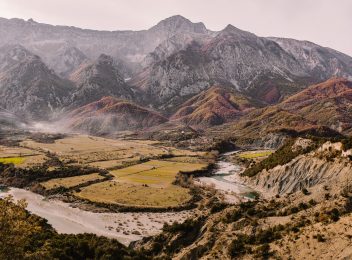From getting tattoos in bunkers and having fish dessert to more cultural gems and romantic ancient cities, Albania serves up an array of destinations exclusive to the country.
In the age of globalization, tourists may find many similarities between among attractions around the world. Fortunately, many things remain authentic and are true to the place whence they came. These are the ones that are undoubtedly worth experiencing on your travels! Without further ado, find a list of 10 activities you can only do in Albania.
1. Get a tattoo at a bunker-turned-studio
Bunkers, an infamous symbol of the communist dictatorship, have now metamorphosed into veritable touristic attractions. Long before they would become attractive, tattoo artist Keq Marku decided to turn one of them into his own art studio. Located near Shkodra, in his bunker Marku creates tattoos and paints motifs of heaven and hell, saints and historical notorious leaders, good and evil. Definitely worth a visit!
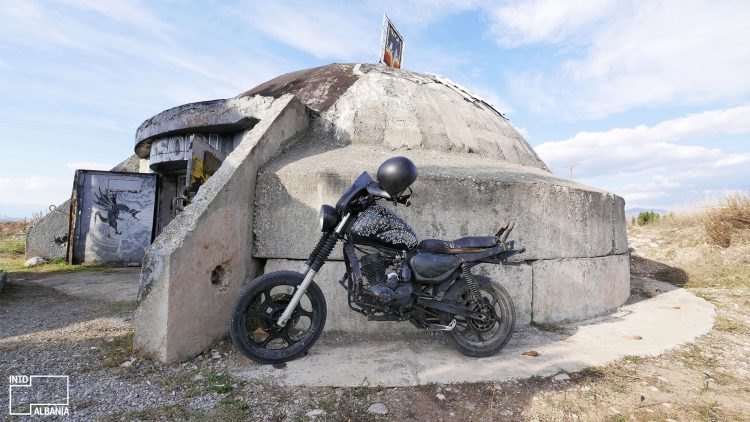
The entrance of Keq Marku Tattoo, photo by IntoAlbania.
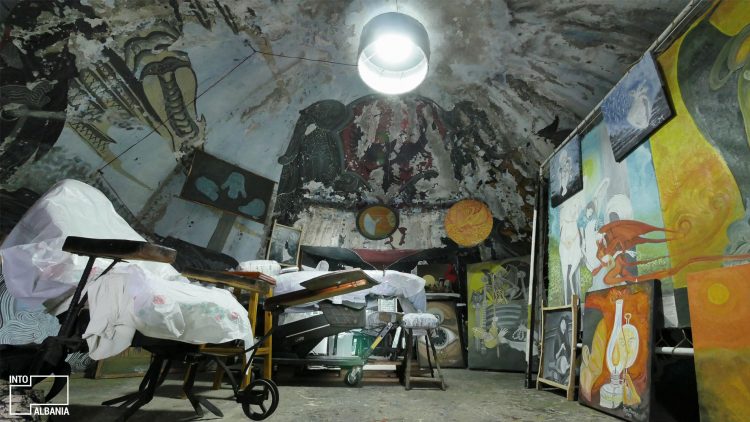
A look from inside, photo by IntoAlbania.
2. Become familiar with the pagan symbols of xhubleta
Xhubleta, a traditional Albanian dress that dates back to 2000 years B.C., has been preserved through many generations in the country. Though difficult to decipher, the embroidered symbols on the xhubleta reveal a language that is profoundly meaningful to the national culture. If you’d like to find out more about this ancient artform or see a 250-year-old xhubleta up close, you should visit Trojet Foundation. Thanks to Linda Spahiu’s passion for Albanian ethnography, you will become fully immersed in the country’s rich cultural heritage.
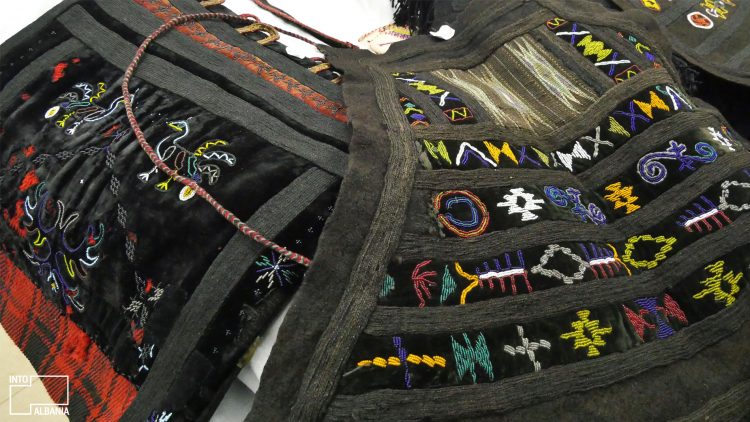
At Trojet Foundation, photo by IntoAlbania.
3. Visit a church-turned-mosque inside a 2400-year-old castle
Located amidst some of the world’s most significant civilizations, Albania is rich in history and fascinating cultural monuments. Some of these monuments have undergone curious transitions throughout the centuries. One of these is the church-mosque located within the walls of Rozafa Castle in Shkodra. During the Ottoman Empire, the Church of St. Stephen (13th-15th century) was turned into the Mosque of Sultan Mehmet Fatih (16th-19th century). Today, the ruins of this church-mosque, abandoned in 1865, represent the great historical passages that have moved through Albania.
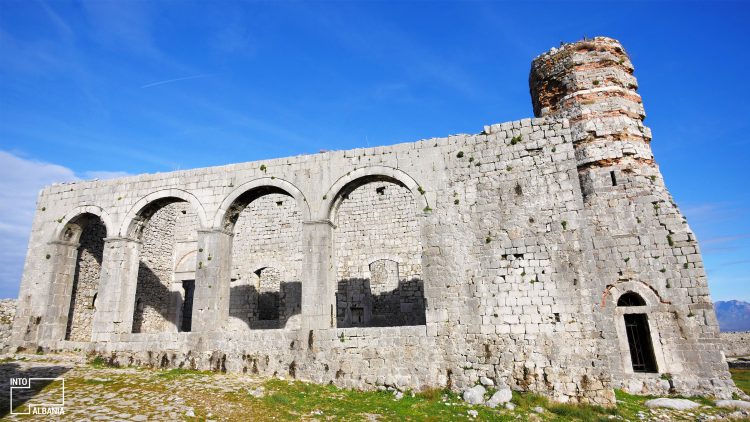
Photo by IntoAlbania.
4. Get acquainted with the inscriptions of Grama Bay
If it didn’t suffice that Grama Bay is one of the most gorgeous beaches in the country, it also includes more than 1500 stone inscriptions from different historical periods which date as far back as the 3rd century B.C. all the way until the 19th century. Not to be missed are also those inscriptions made by soldiers stationed there during Communism.
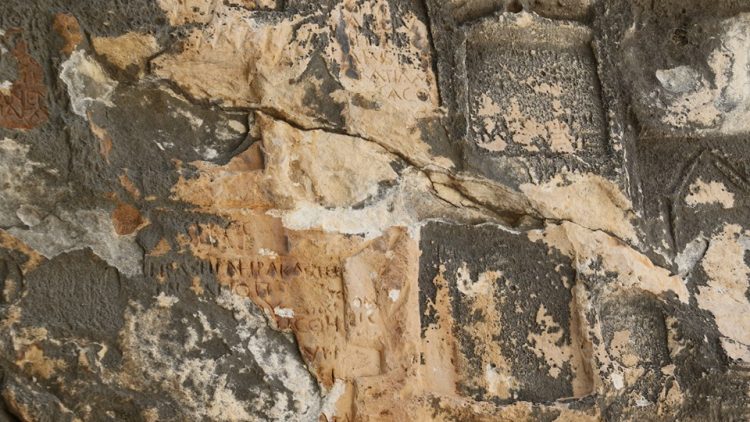
Inscriptions at Grama Bay, photo by IntoAlbania.
5. Enjoy animals invade roads as you travel to your destination
North to south, this is one of the most typically-Albanian things you will come across in your travels. Visitors to Albania love taking photos of herds of animals like sheep, goats, cows and the like spontaneously blocking traffic as they make their way around major roads in the country. Especially during long journeys, these adorable animals bring you to a halt and some much-needed comic relief!

Photo by Alvaro Galvez.
6. Learn about iso-polyphony
In 2005, this indigenous artform was declared an Intangible Cultural Heritage of Humanity by UNESCO and is, indeed, one of the most attractive aspects of Albania. If you are traveling around Albania during the summer, particularly in the south, you will most likely happen into an iso-polyphony event or, if you’re lucky, spontaneously overhear men singing in this genre in traditional cafés and restaurants. Think of it as a much more dramatic and profound version of acapella. You will fall in love!
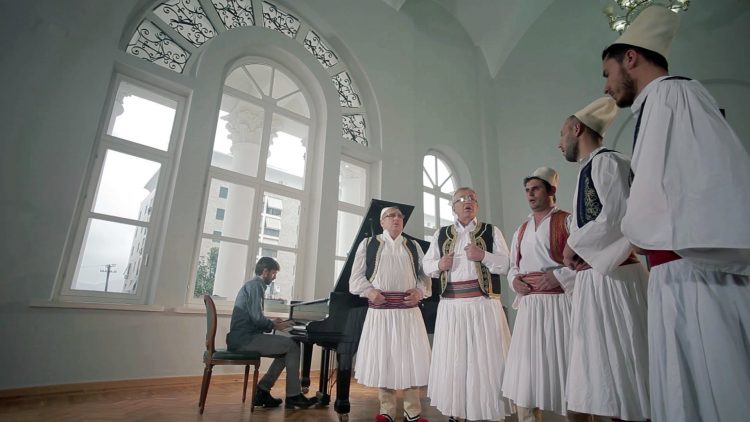
Robert Bisha & Albanian Iso-Polyphonic Choir. Photo source: albanianews.it.
7. Visit a lock-in tower
The most famous lock-in tower is located in the northern village of Theth and is recognized as one of the most important attractions in the north of Albania. Sokol, one of the descendants of the family that once owned the tower, serves as its current guide. He can recount its history like no other and usually includes accurate and dramatic interpretations of the Kanun. The Tower of Theth served to imprison those who violated the Kanun and as a spot for reconciliation among the families who were affected by the crimes.
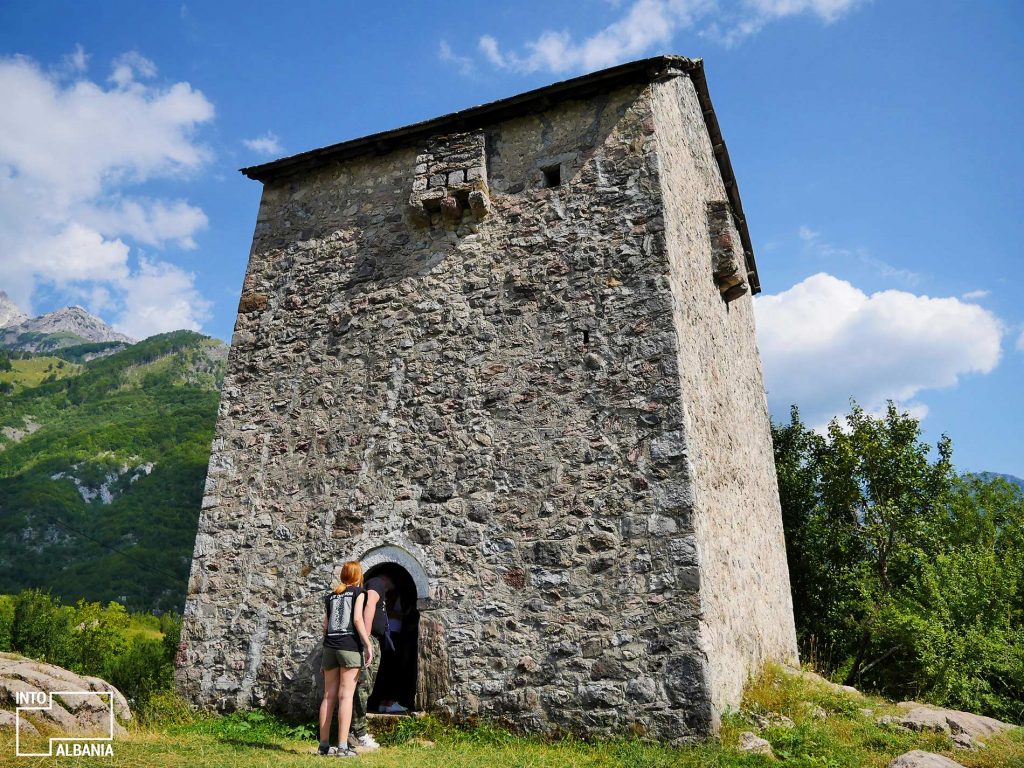
Tower of Confinement in Theth, Shkodra, photo by IntoAlbania.
8. Try kadaif with fish
Made of string dough that is bathed in heavy syrup, kadaif is quite delicious on its own and has been served for hundreds of years in Albania. Recently, however, with the advent of innovative restaurants such as Mrizi i Zanave or Rapsodia – both located in Lezha, the city of the modern renaissance of Albanian cuisine – old recipes have been fused with new tastes. Alfred Marku, head chef of Rapsodia, has created what is perhaps his most famous dish combining kadaif dough, chocolate cream and mullet. An unlikely combination that is perfectly balanced, this dish is simply incredible!
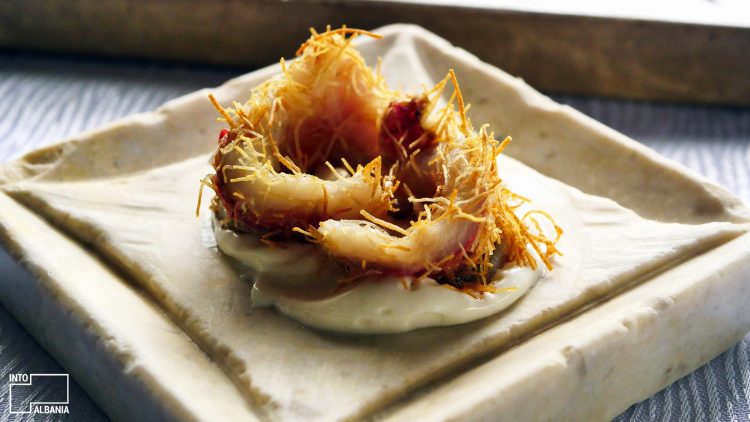
Pictured: Mullet with kadayif crostata and white chocolate cream. Photo by IntoAlbania.
9. Visit ruins of an ancient city built to celebrate love
Not just a monument or statue but an entire city, the ruins of which testify to the love story at its foundation! Not many people know that King Pyrrhus of Epirus named the ancient city of Antigonea, founded in 295 B.C., after his wife. The remnants of the Nymphaeum, the columns, the promenade, the house with a peristyle along with the beautiful landscape surrounding the park, make this a truly romantic place that must be discovered!
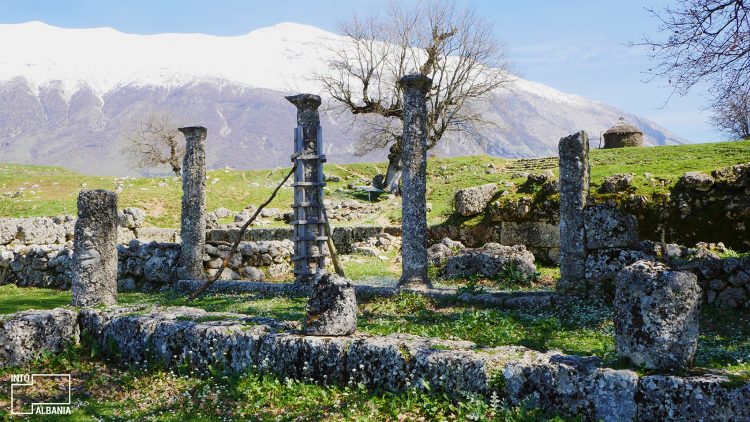
Archeological Park of Antigoena, Gjirokastra, photo by IntoAlbania.
10. Journey through Via Egnatia
If you visit Durrës, you will have the rare opportunity to walk on a 2000-year-old road, one of the most important in the history of civilization. Once considered the path that joined East and West, now, via many available tours, visitors can cross the portion of Via Egnatia that is located in Albania like travelers did two millennia hence.
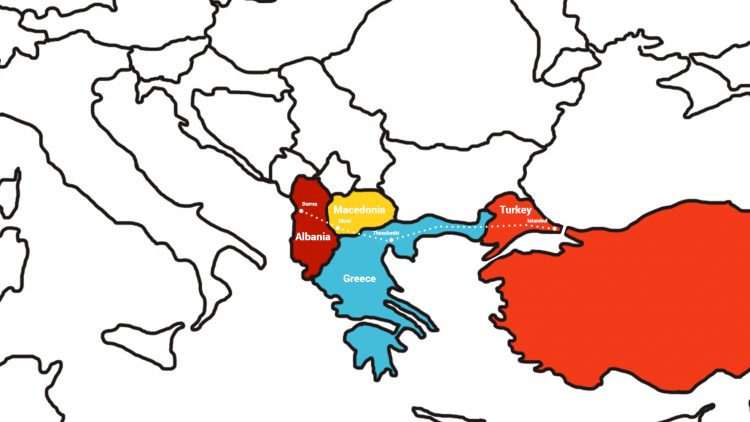
Via Egnatia map.














